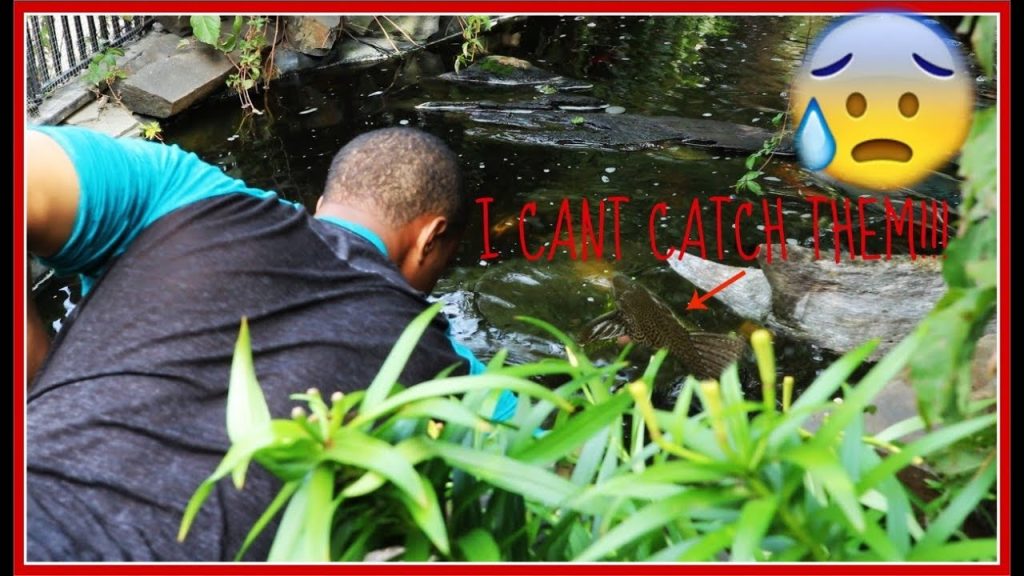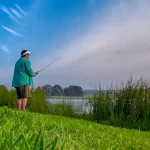Plecos, also known as plecostomus or algae eaters, are popular freshwater fish among aquarium enthusiasts. Their unique appearance and algae-eating habits make them a sought-after addition to home aquariums. However, can a pleco live in a pond environment?
Understanding Plecos
Plecos are freshwater fish native to South America. They are known for their distinctive appearance, with armored plates covering their bodies and sucker mouths that they use to feed on algae and other debris. In an aquarium setting, plecos are valued for their ability to help keep the tank clean by consuming algae.

Credit: www.reddit.com
Considerations for Keeping Plecos in a Pond
While plecos are commonly kept in aquariums, they can also be housed in outdoor ponds under the right conditions. Here are some important factors to consider when deciding whether plecos can live in a pond:
1. Pond Size
Plecos can grow quite large, depending on the species. Before introducing plecos to a pond, ensure that the pond is spacious enough to accommodate their size. A larger pond will provide ample space for plecos to swim and thrive.
2. Water Quality
Water quality is crucial for the health of plecos. Ponds should have good filtration systems to maintain clean water and adequate oxygen levels. Regular water testing and maintenance are essential to ensure optimal conditions for plecos.
3. Temperature And Environment
Plecos are tropical fish that prefer warmer water temperatures. Make sure that the pond environment is suitable for plecos, with stable water temperatures and appropriate hiding spots for the fish to feel secure.
4. Feeding And Diet
While plecos are known for their algae-eating habits, they also require a balanced diet to stay healthy. In a pond setting, plecos may consume algae and detritus, but supplemental feeding with sinking algae wafers or vegetables like zucchini is recommended.
5. Predators And Compatibility
Consider the other inhabitants of the pond when introducing plecos. Some fish species may view plecos as potential prey, so ensure that the pond is stocked with compatible species that will not pose a threat to the plecos.
Benefits of Keeping Plecos in a Pond
There are several advantages to keeping plecos in a pond environment:
- Algae Control: Plecos can help control algae growth in the pond, keeping the water clean and clear.
- Natural Environment: Ponds provide a more natural habitat for plecos, allowing them to exhibit their natural behaviors.
- Low Maintenance: Plecos are hardy fish that require minimal maintenance, making them a great addition to a pond setting.

Credit: www.pondprosfl.com
Frequently Asked Questions
Final Words
In conclusion, plecos can live in a pond as long as the necessary requirements are met. By considering factors such as pond size, water quality, temperature, feeding, and compatibility with other fish, you can create a suitable environment for plecos to thrive. With proper care and attention, plecos can be a valuable addition to your pond ecosystem.
Remember to research the specific needs of the plecos species you plan to keep and consult with a knowledgeable fish expert to ensure the well-being of your pond inhabitants.





